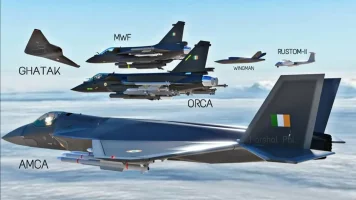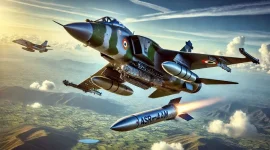- Views: 922
- Replies: 3

The Indian Air Force (IAF) is demonstrating a strong interest in integrating cutting-edge reconfigurable phased-array radar systems into its aerial drone fleet. This move promises to greatly enhance the IAF's surveillance and target detection abilities within the modern battlespace.
Phased-array radars have inherent advantages over traditional mechanical radar systems. They utilize electronically steered antenna systems that can switch beams rapidly across various directions without the need for physical antenna movement. This translates to faster scanning times and superior tracking accuracy of potential targets.
Taking this technology further, reconfigurable phased-array radars can dynamically adjust their beam shapes and frequencies, boosting overall flexibility in detecting and pinpointing a wide range of targets.
By mounting such radar systems on drones, the IAF could deploy powerful surveillance platforms at key locations or dispatch them to specific areas.
The drones could provide persistent aerial monitoring, transmitting real-time radar data back to command centers. This capability offers enormous potential for border surveillance, tracking enemy activity, and supporting tactical operations in complex environments.
The IAF's push for drone-mounted phased-array radars complements its expanding focus on unmanned aerial vehicles (UAVs). UAVs have demonstrated their value across diverse military functions and the IAF continues to actively integrate them for reconnaissance, intelligence gathering, and combat missions.




